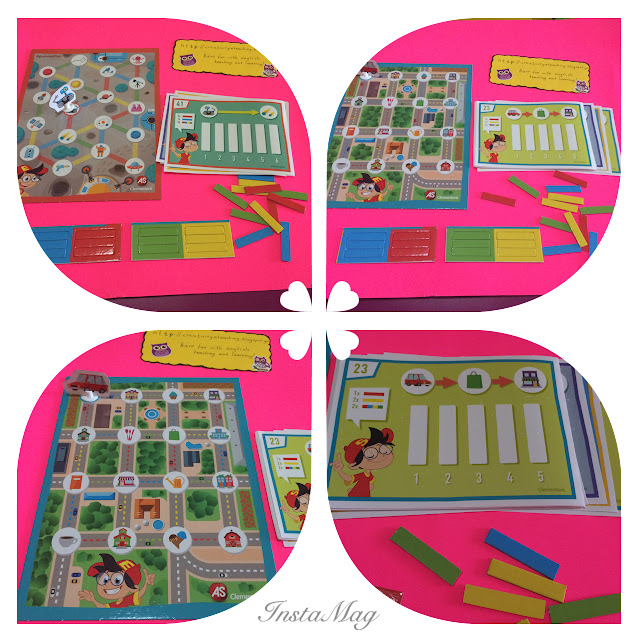Coding in English lessons- Part 1
Since we live in a society totally based on computer literacy and technological achievements, coding seems to be one of the most popular terms. Even younger generations seem to be using codes (even in primary stages)! So why not implementing coding in our English lessons so as to make students even more excited and interested?
First of all you have to understand what coding is
and how coding works. Coding is the primary method for allowing
intercommunication between humans and machines. Computers are great but
since they can't think for themselves (!), humans have to give them
instructions that's why we use coding which is a list of step-by-step
instructions that get computers to do what you want them to do. Coding
makes it possible for us to create computer software, games, apps and
websites.
When children learn to code, it
helps them to develop essential skills such as problem solving, logic
and critical thinking. Through coding, children can learn that there’s
often more than one way to solve a problem.Thus learning to code encourages
children to become creators, not just consumers, be creative and energetic not passive.
Since coding is a sequence of orders that you have to
fulfil in order to solve a (computer) problem,it can be highly
beneficial in education as it can both make the lessons more challenging
and exciting but also encourage critical thinking, collaboration,
resourcefulness, problem-solving.
This activity is based on a board game I bought which is coding-
oriented and I combined the different tablets with different vocabulary
items.
In this activity you have to create series of different set of commands which are represented by a different colour in order to solve a problem, in this case to reach a specific destination. For younger kids this may mean simpler steps, thus specific colors whereas in higher levels kids may resort to more complex combinations.
You can combine this coding activity with both vocabulary teaching and grammar teaching.
For example you may teach your students about town buildings and places.
You can talk about different jobs or....
......about different buildings in the city!
You can definitely use coding for teaching imperatives
Creativity is limitless! That's why you may combine the activity with felt creations! I had already crafted a felt town with felt buildings and roads for another activity. I had even used toy cars to teach possessive adjectives! Attention: you should not overdo it with too many different activities in just one lesson because kids may be disorientated. Try to stay focus and stick to the learning goals you have set in your lesson plan. You may divide the ideas in your lesson plans and elaborate or expand them.
To be continued...
Have fun,
Maria P














Σχόλια
Δημοσίευση σχολίου